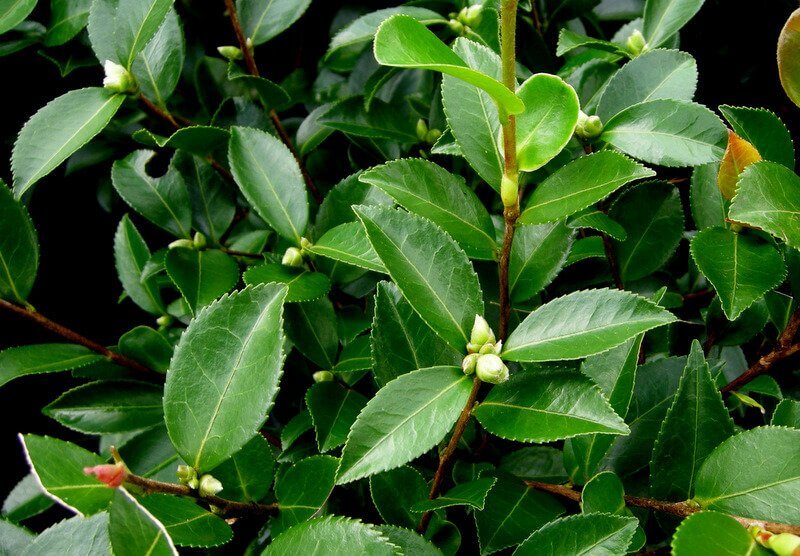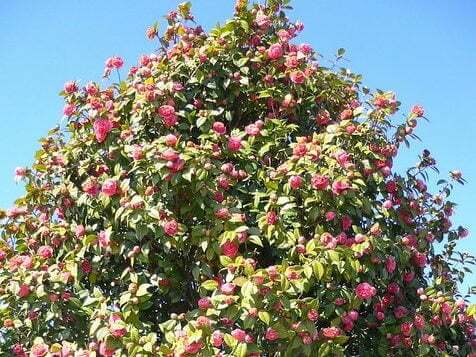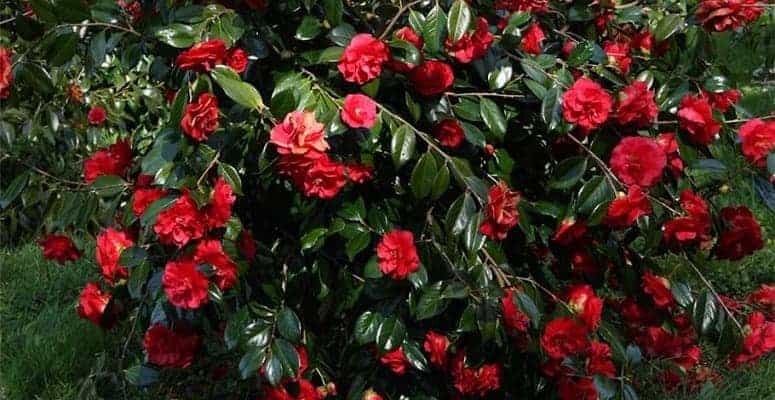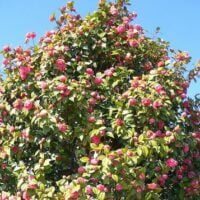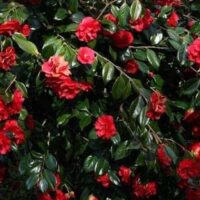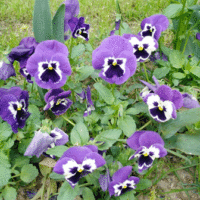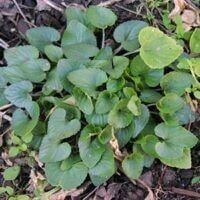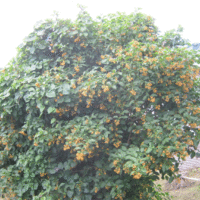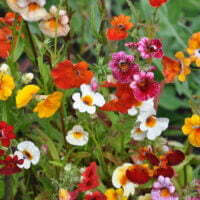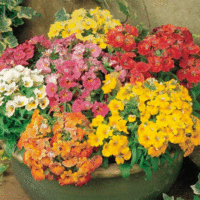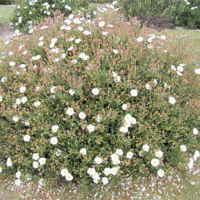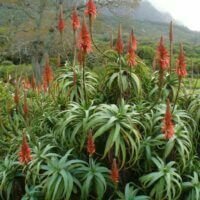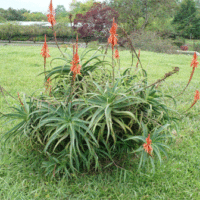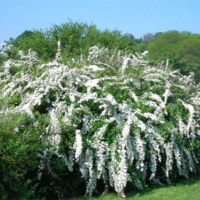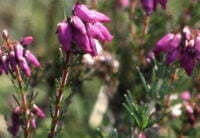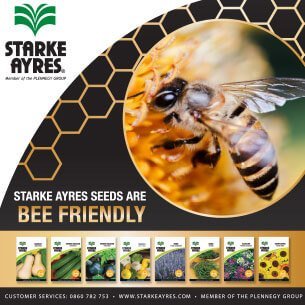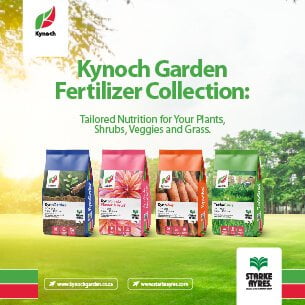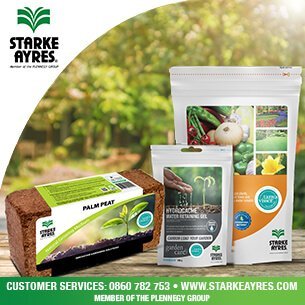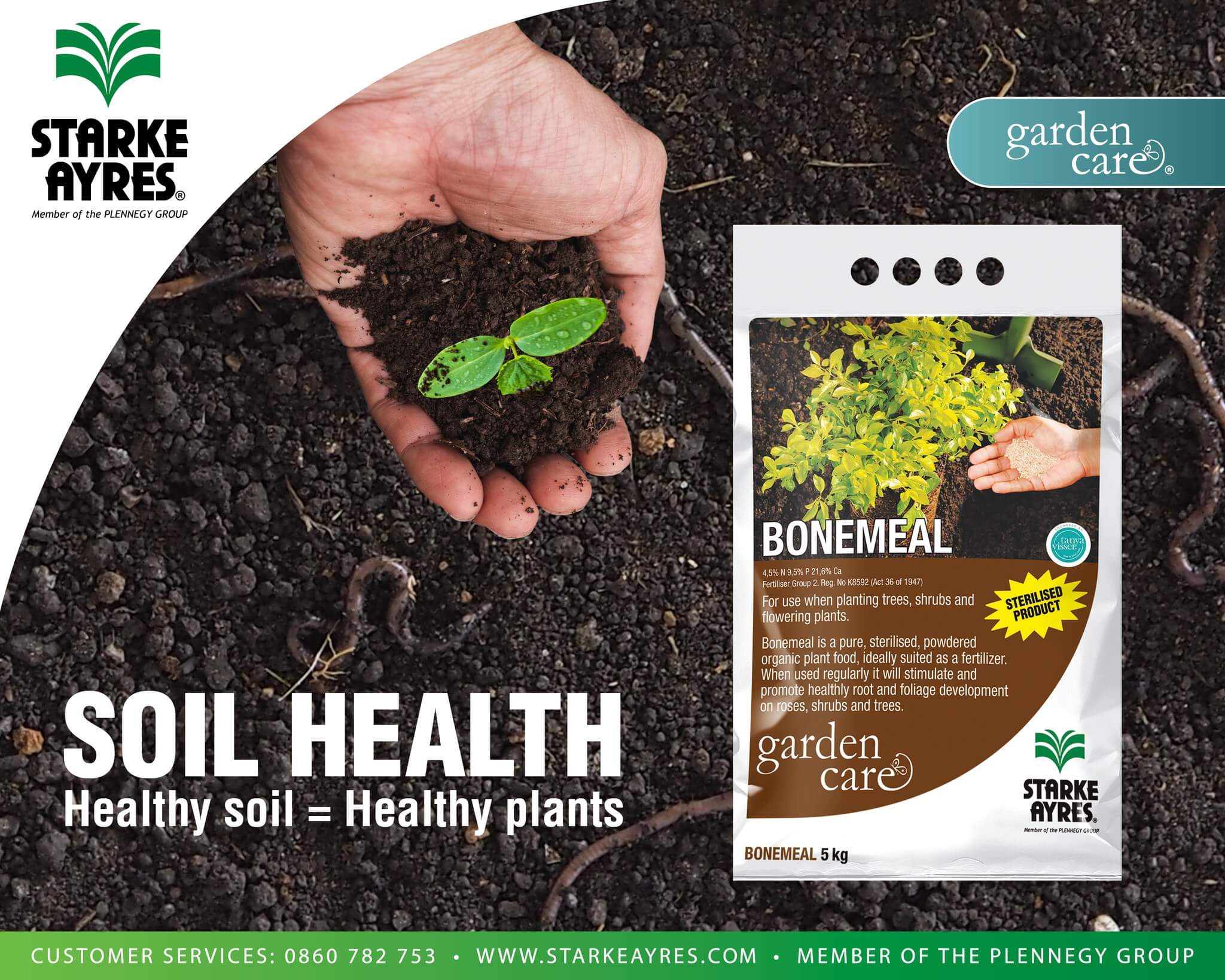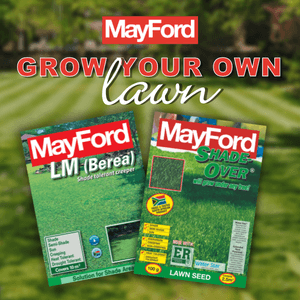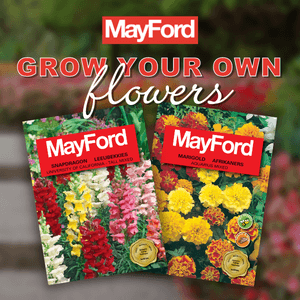| Botanical name | Camellia japonica |
|---|---|
| Plant Care |  Full Sun Full Sun – Prefers 6 or more hours of sun per day.  Shade Shade – Prefers Low Light Levels. Frost Hardy Frost Hardy – Can Handle frost without damage.  Moderate Watering Moderate Watering – Requires Regular Watering.  Non Indigenous Non Indigenous – Exotic to South Africa. |
| Size | |
| Categories | |
| Flowers | This plant flowers from autumn through winter and into early spring. Flower forms are classified as single, semi double, anemone, peony, rose or formal double. Showy flower |
| Common name(s) | Camellia |
| Origin | |
| Foliage | Description: Glossy dark green foliage. |
| Uses in landscape design | Excellent in tubs on patios where it has filtered sun. Very good as a background screener in shady areas. |
| Planting instructions | Planting: Prefers acid, well-drained, humus-enriched soil. Dig a hole 60cm square and deep. Mix two thirds of the topsoil with one third acid compost, add one cup of bone meal or superphosphate and mix well. Transplants well, especially in autumn and early spring. |
| Soil conditions | Acidic |
| Other languages | Japonika (A) |
| Recommended varieties | ‘Kramers Supreme’ bears large, peony-shaped, dark red flowers. ‘Francie L’ has semi-double, rose-pink flowers. |
Camellia japonica (Camellia)
- Botanical name: Camellia japonica
- Common name(s): Camellia
- Categories: Shrubs and Perennials
Plant description:
This large, evergreen shrub, with glossy dark green foliage, bears spectacular flowers from autumn through winter and into early spring. Flower forms are classified as single, semi double, anemone, peony, rose or formal double. Flowers can turn brown or buds drop due to a lack of humidity, particularly in summer rainfall areas, but this is usually caused by a mite. Plant camellias in a south- or east-facing position where they will be protected from the hot afternoon sun.
Family: Theaceae
Synonym: Camellia japonica var. quercifolia
Botanical Pronunciation: ca-MEEL-e-a ja-PON-i-ca
Camellia japonica requirements and features
info on these icons
Moderate Maintenance
Requires moderate maintenance.
Prohibited Use Notice: No Data Scraping Allowed Except for Search Engine Indexing:
The content provided on PlantInfo.co.za is intended for personal, non-commercial use only. Unauthorized extraction, reproduction, or use of the data, including scraping, for any purpose other than search engine indexing is strictly prohibited. Violations of these terms may result in legal action. By accessing and using this website, you agree to comply with these conditions and acknowledge the legal restrictions on the use of our content.
This plant flowers from autumn through winter and into early spring. Flower forms are classified as single, semi double, anemone, peony, rose or formal double.
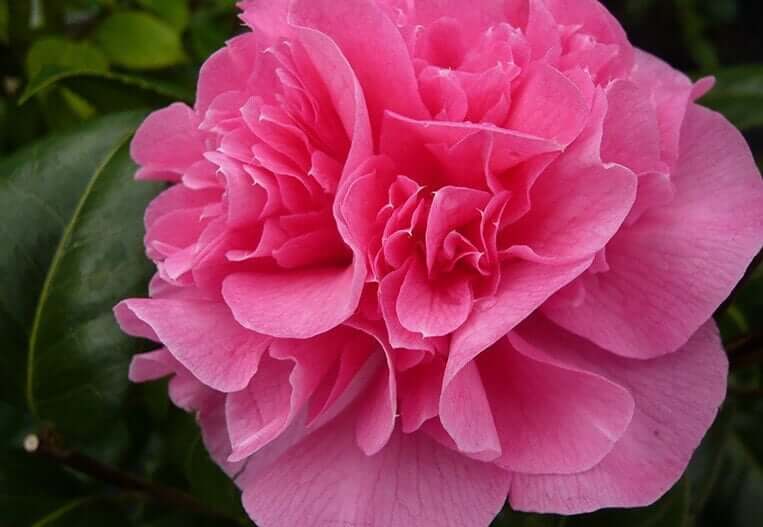 Showy flower
Showy flower
Description: Glossy dark green foliage.
